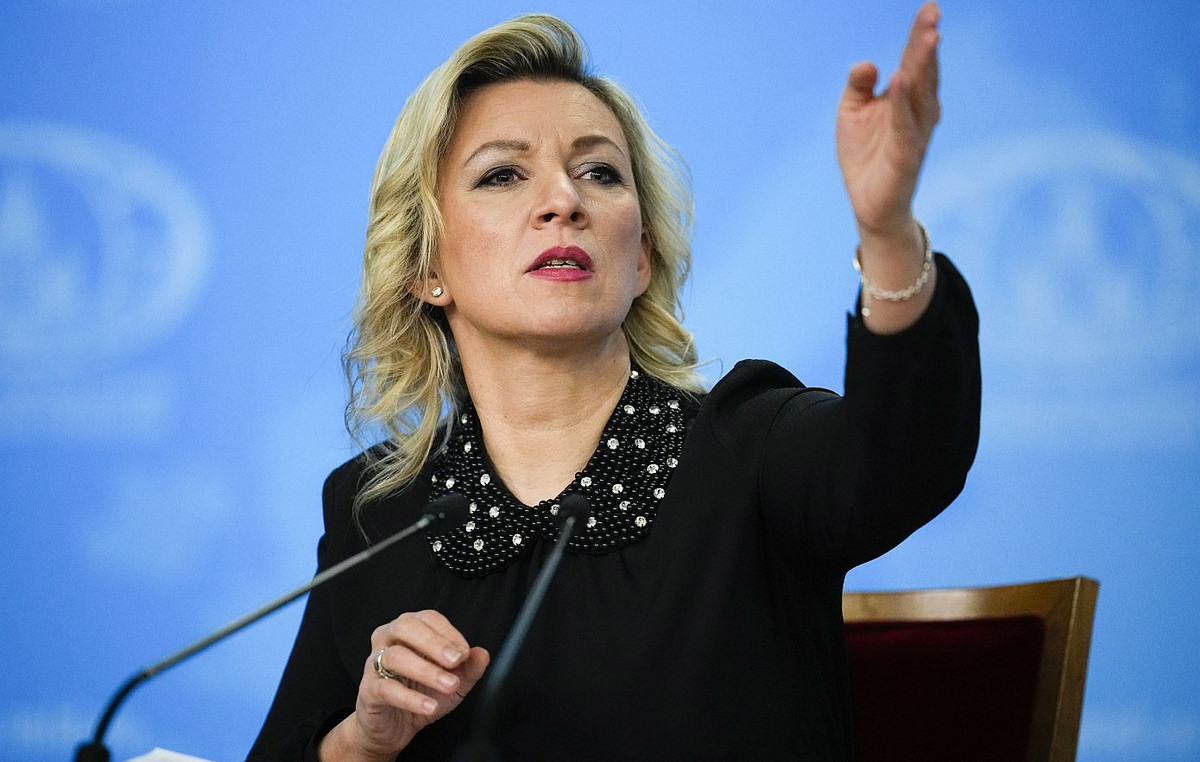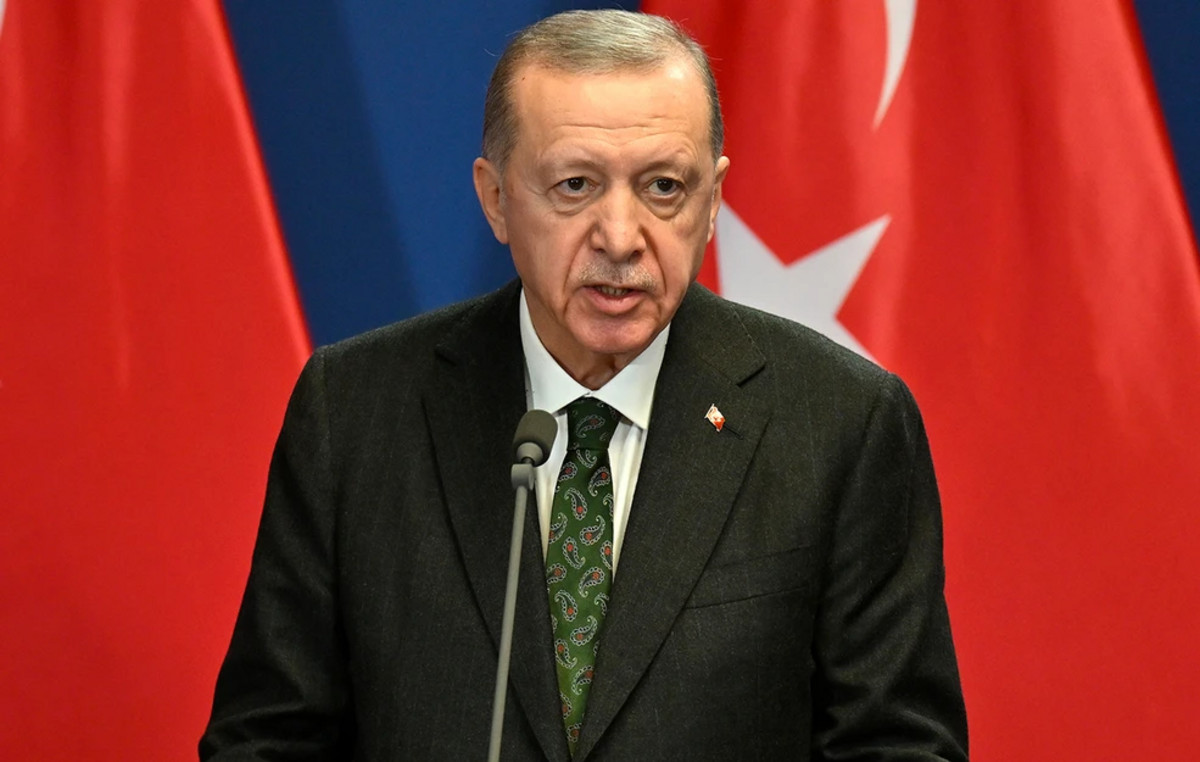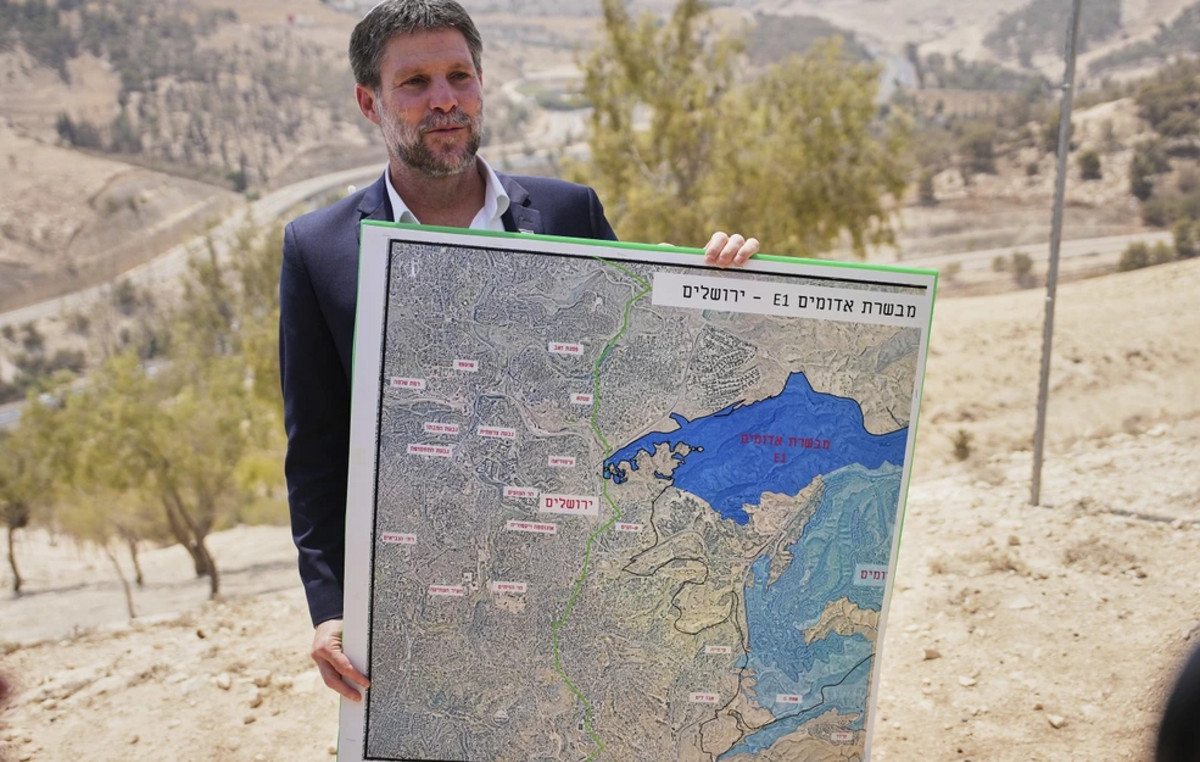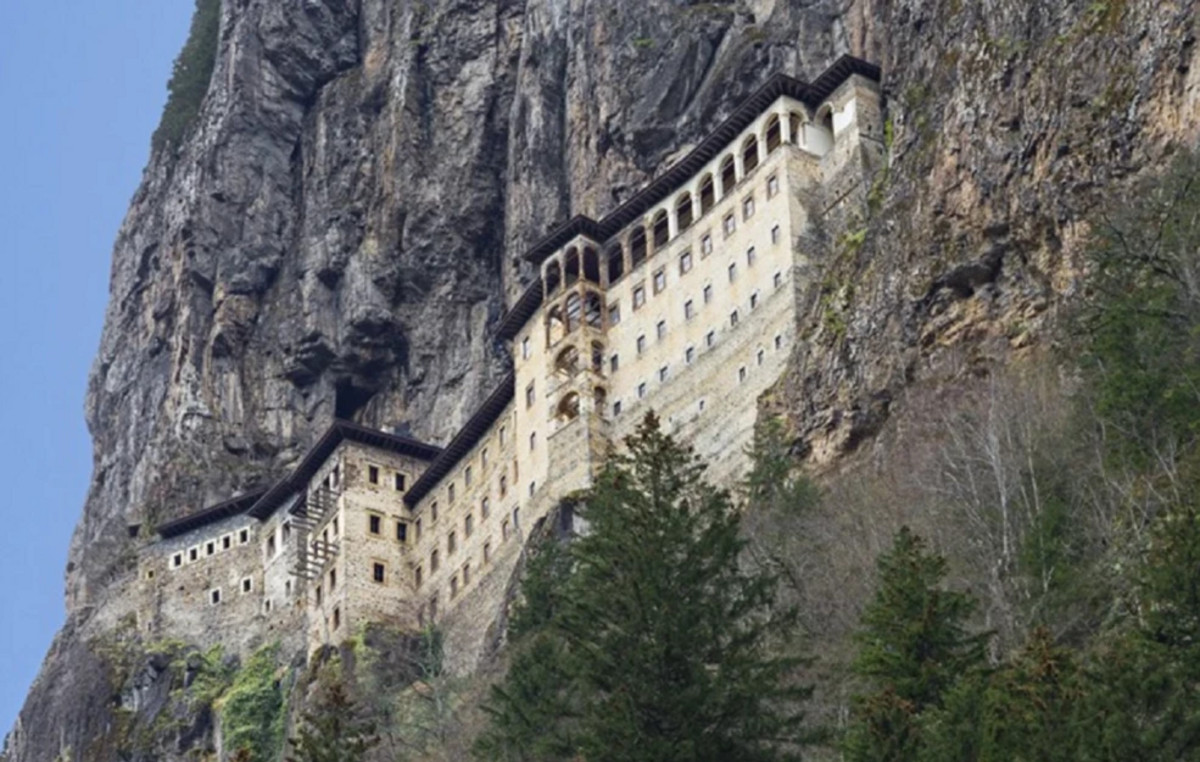The opening is just around the corner Paralympic Games Paris 2024which will officially start on August 28th.
The village which hosts the athletes is the same as the Olympics which ended about two weeks ago and is already welcoming the first delegations arriving in Paris, in an environment compliant to all universal accessibility standards, although they have been made further changes in these days of break between one demonstration and another.
External services for athletes in wheelchairs or with reduced mobility
Among the disabilities that can be most affected by non-ad hoc urban planning are those that require the use of wheelchair.
As explained by village manager Laurent Michaud«public spaces, streets, sidewalks and pedestrian crossings have all been designed from the outset to allow the passage of wheelchair users» and to ensure that they are completely self-sufficient and do not run physical risks.
Architectural barriers and unsafe spaces, in fact, can lead to falls or excessive strain of the muscles of the upper or lower limbs or of the joints, which for athletes often translate into injuries which can affect the outcome of the race. According to several studiesthe injuries most common they concern the upper part of the body, and in particular shoulder, elbow, wrist and hand.
To prevent them as much as possible, there have also been some existing ones for some time now. ramps in all temporary areas such as the main entrance, the delegation reception centre or the bus station.
Among the interventions made after the Olympics, the main one concerned the reporting of some barely visible jumps and which can consequently represent a tripping hazard. “We have put yellow and black stripes to identify them,” confirms the site manager.
Furthermore, «due to some elevated areas of the village, a shuttle system. There is a difference in height of about 50 metres between the banks and the transport area, so it was important to ensure that people with reduced mobility could move and travel easily from one part of the village to another.”
But Paralympic athletes, in order to live their experience focusing only on the competitions without having to deal with extra difficulties, also have the right to services recalibrated according to specific needs.
For this reason, not only the Olympic village but also the rest of the city of Paris has undergone a small revolution, adapting and positioning the public water fountains at heights that allow access for wheelchair users, guide dogs and assistance dogsbut also to the visually impaired that can reach them more easily.
How housing is changing
Just like the common spaces, the private ones at Paris 2024 are also characterized by inclusivity. While the cardboard beds, which will also remain at the Paralympics, have been widely criticized, no complaints have been made regarding theaccessibility of Paralympic athletes’ rooms.
Big enough to allow a wheelchair user or someone who moves with specific devices to be able to do so freely, they are all equipped with a bathroom suitable for people with reduced mobility.
There are always private bathrooms wheelchairs in showers to facilitate transfers and temporary support bars for those who are able to walk but need support to get up, reach certain points better or maintain better balance.
Small change in the rooms also from an aesthetic point of view, with the duvets that go from the blue of the Olympics to green of the Paralympics.
More space in restaurants and counters accessible to all
The services offered in the Paralympic Village, which just like during the Olympic Games, include a hairdresser, minimarket, restaurant, laundries, fitness centre, Village Club and much more, have also undergone some changes. In particular with regard to the heights of shop and restaurant counters that have been reviewed and lowered. «Also, about one in three chairs has been removed to allow athletes who need it to slide under the tables with their wheelchairs».
The training areas have also been re-adapted to allow the 4400 athletes from 180 delegations present to best prepare for the challenges that await them, including wheelchair fencing, sitting volleyball, para taekwondo, para powerlifting, wheelchair basketball and goalball.
Of course, the competition will also include team, blue, composed of 70 male and 71 female athletes engaged in 17 different disciplinesled by the head of the mission Juri Stara and the flag-bearing duo composed of Amber Sabatini and Luca Mazzone.
And if something goes wrong, don’t worry, there is always an active team at the Parisian Paralympic village. prosthetics and wheelchair repair center guaranteed by Ottobock, partner of the Olympic and Paralympic Games.
SCIENTIFIC SOURCES AND EXPERTS CITED IN THIS ARTICLE:
Article appeared on Science and Sports, “Injury risk in wheelchair athletes. Experimental evaluation of shoulder joint ROM and preventive strategies”
Source: Vanity Fair
I’m Susan Karen, a professional writer and editor at World Stock Market. I specialize in Entertainment news, writing stories that keep readers informed on all the latest developments in the industry. With over five years of experience in creating engaging content and copywriting for various media outlets, I have grown to become an invaluable asset to any team.







